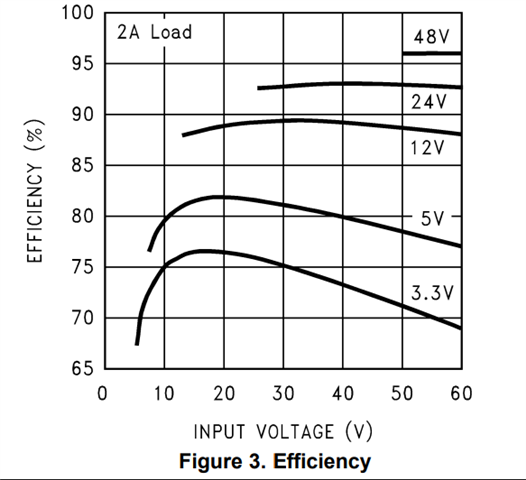Other Parts Discussed in Thread: LM2576HV,
Tool/software:
Hi,
I need to replace the components of a LM2576HV TO220 based buck power supply with these specs Vin: 48V, Vout:45V, Iout:1.5A
I would like to use an LM2592HV which would allow me to reduce the inductance by having a switching frequency of 150kHz.
I wanted to simulate this power supply with WEBENCH®︎ POWER DESIGNER but they won't accept solutions with a voltage higher than Vout=40V
Can you confirm that it is not possible for LM2592HV to have Vin = 48V and Vout around 45V?
Thank you
Marco


